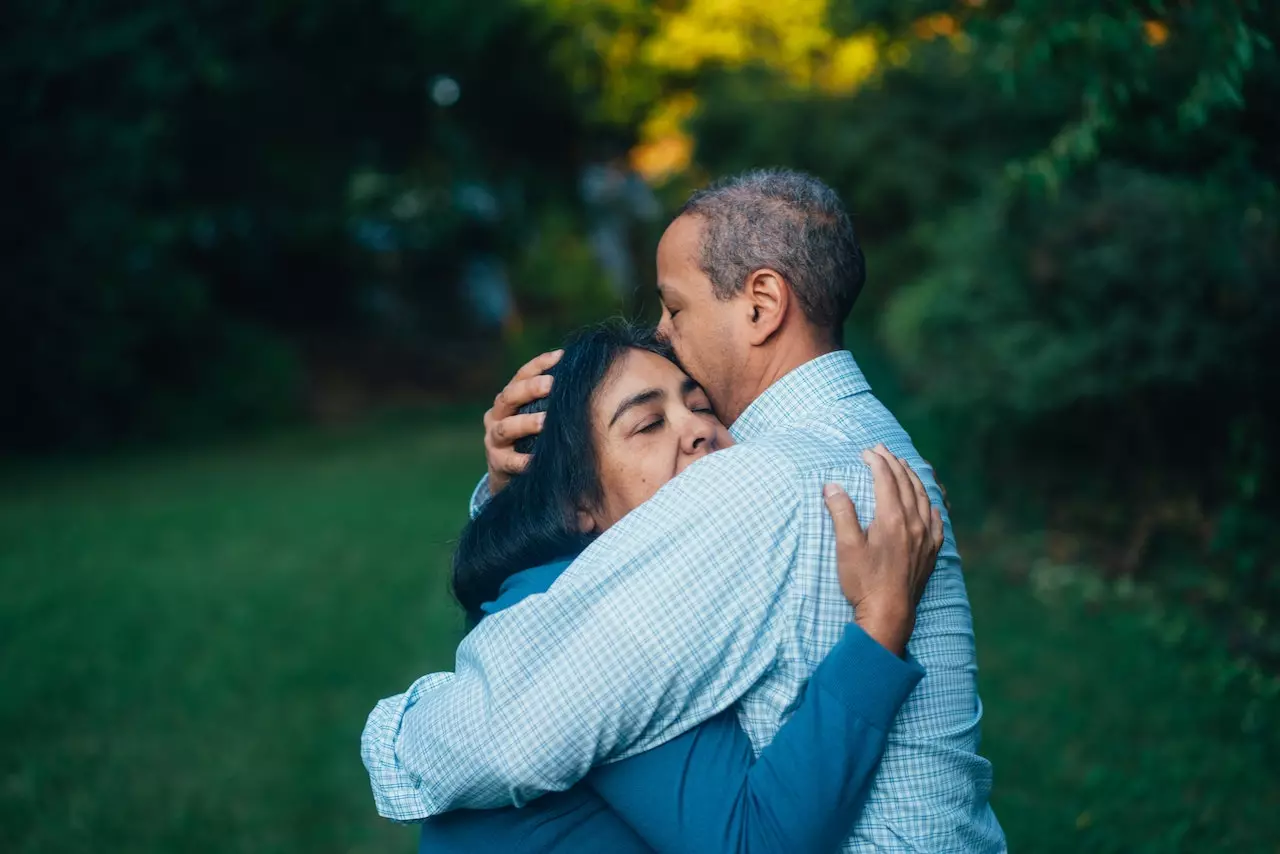5 Ways to Be More Present When Talking to Someone

Have you ever been in the presence of someone who was supposed to be listening to you and even though they’re looking you straight in the eyes, you 100% knew they were not really present with you? Not a very good feeling is it?
There is really an art to being present and engaged with someone. We all want it from others, but sometimes we aren’t great at doing it for them.
Buddhist monk Thich Nhat Hanh once said: “The most precious gift we can offer others is our presence.” So, when we are asked if we are listening or paying attention to our spouse, children, friends, or co-workers, it’s a serious question. Think about that a second.
Want to be successful and valued at work and at home—really anywhere? Be present with who you are with and who you are talking to. I know you’re gonna say, “But I am present—I’m standing right next to them!” That’s the easy part of being present. The hard part is being mentally present.
It’s impossible to be mentally present with someone when we are full of our own thoughts. Our minds are usually rethinking the past or wondering about the future. A study by Harvard University psychologists concluded that we spend 46.9% of our waking hours thinking about something other than what we’re doing. In conversations, we are often waiting for our chance to speak, thinking of something interesting to say, or thinking about our appearance and the impression we are making.
We aren’t listening. We aren’t present. Be mindful of the moment you’re in.
Here are five ways to be more present when talking to someone:
1. Listening.
I used to think of listening as just hearing. Then I thought of listening as a skill. Now, I realize listening is a skill and a choice. Listening is choosing to block out distractions, choosing to empty my mind of clutter, choosing to focus on the speaker, and choosing to let them know they are heard.
Putting It Into Practice: Put your phone away. Stop thinking about what is going on around the speaker. Don’t think about what you want to say. Ask questions like, “Tell me more about that.” “Are you saying…” “How did that make you feel?”
2. Body Language.
Do you look like you are present? Do you look like you’re listening? Your body is sending signals about how engaged you are and even how much you care about what is being said.
Putting It Into Practice: Face the speaker. Make eye contact. Avoid crossing your arms, slouching, and sighing. And of course, keep that phone away.
3. WAIT (Why Am I Talking?)
Our own self-talk or mental dialogue is the biggest enemy of being present and listening. “What am I going to say next?” “Do I have a thought or story as good as that one?” “That can’t be right because…” In the meantime, we have mentally disengaged from the conversation. Be attuned to the ebb and flow of conversations. Listen for the right time to ask questions or take your turn speaking.
Putting It Into Practice: Be interested—not concerned about being interesting. Don’t interrupt or talk over someone. Take turns speaking and listening. This may sound kind of crazy, but since my mind has a tendency to wander, I try to write down words or statements while they are talking that I don’t want to forget so I can fully focus on what the person is saying without getting distracted trying to remember a point that was made. It has made a huge difference in my ability to be present.
4. Multitasking.
“I know research says we aren’t good at multitasking, but I really am!” No, you’re not. At least not when it comes to being present and listening. Multitasking causes us to miss so many moments. The truth is we cannot do multiple things effectively—so pick one thing and do it with gusto. Being present with the people in our lives—what is more important than that?
Putting It Into Practice: Close the laptop. Put the mixing spoon down. Get out from under the hood of the car. Pause the TV show or video game. It’s okay to say, “Give Daddy two minutes to finish this email, and then I’ll be able to give you my complete full attention.” Exception: It’s been shown that for hard conversations, doing an activity together like walking or golf or even riding in a car actually helps facilitate a difficult talk.
5. Mindfulness.
This isn’t anything fancy. It’s just self-awareness. Minding your mind. Minding your body. Being aware of what you’re thinking and doing. Being aware of your breathing. This is really the foundation of being present with people and in the moment with them. It takes practice and patience, but you’ll learn to be present.
Putting It Into Practice: Learn to ask yourself questions: What am I thinking and why? What is my body saying? Is my breathing telling me I’ve slowed down to listen? Where is my focus? Am I present in this moment?
Being present requires a great deal of humility and self-control. I think that’s why we’re so rarely actually present with others. We can’t get out of our own way. We’re always thinking about what we’re about to say or what we need to get done. Many people get stuck thinking about their past or their future. Think about the present. Be in the moment. Practice a few of these tips to be more present with people and see the difference it makes. You can do it!








its good to know different things